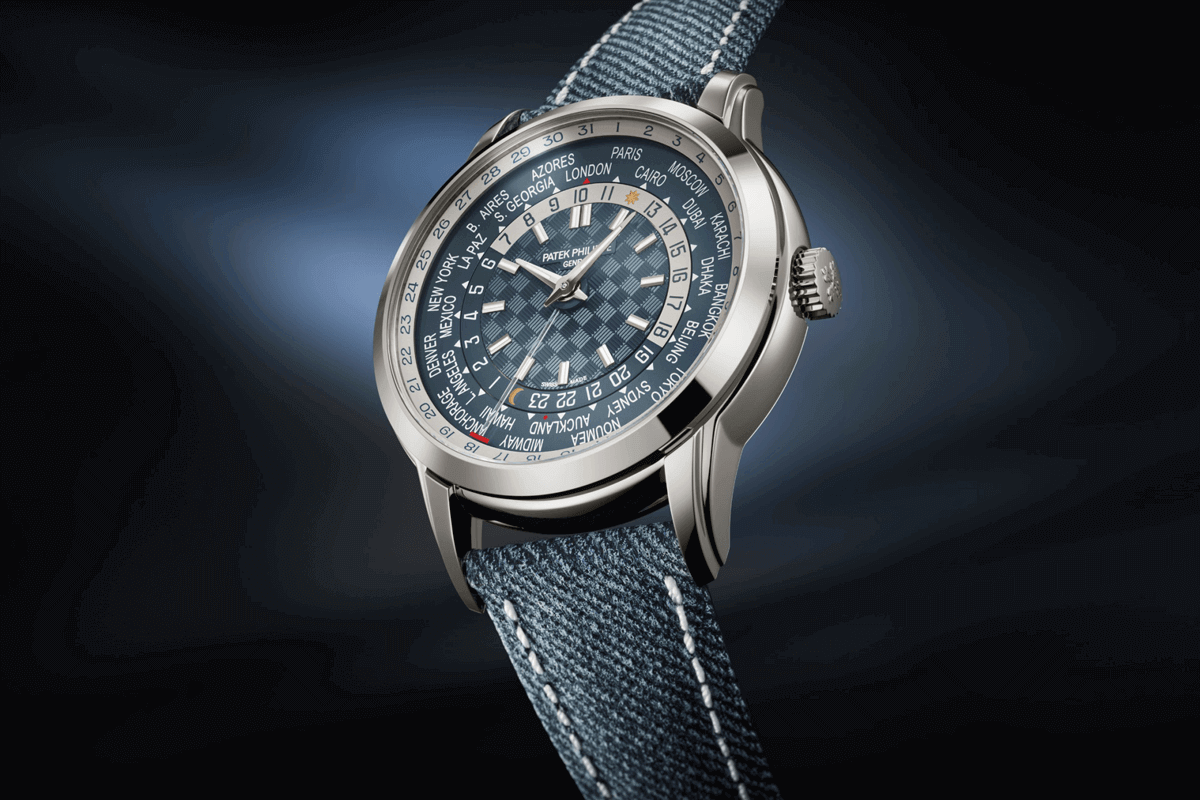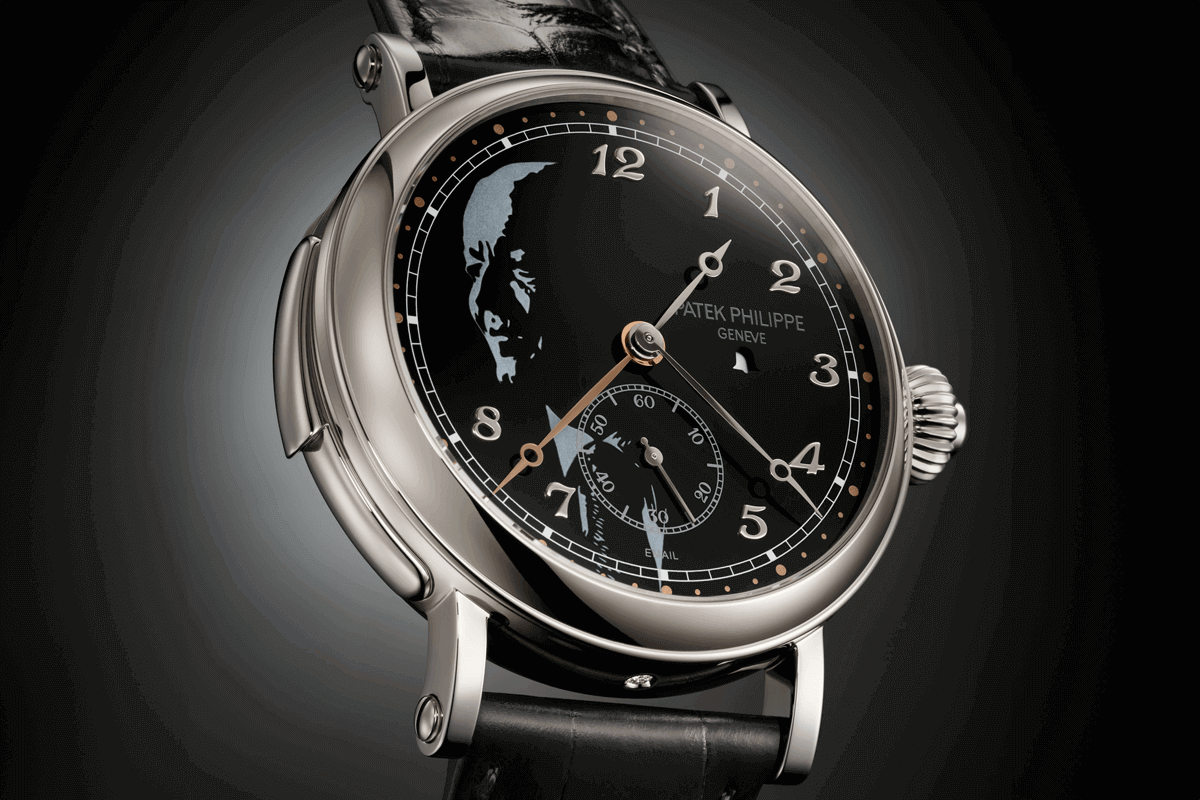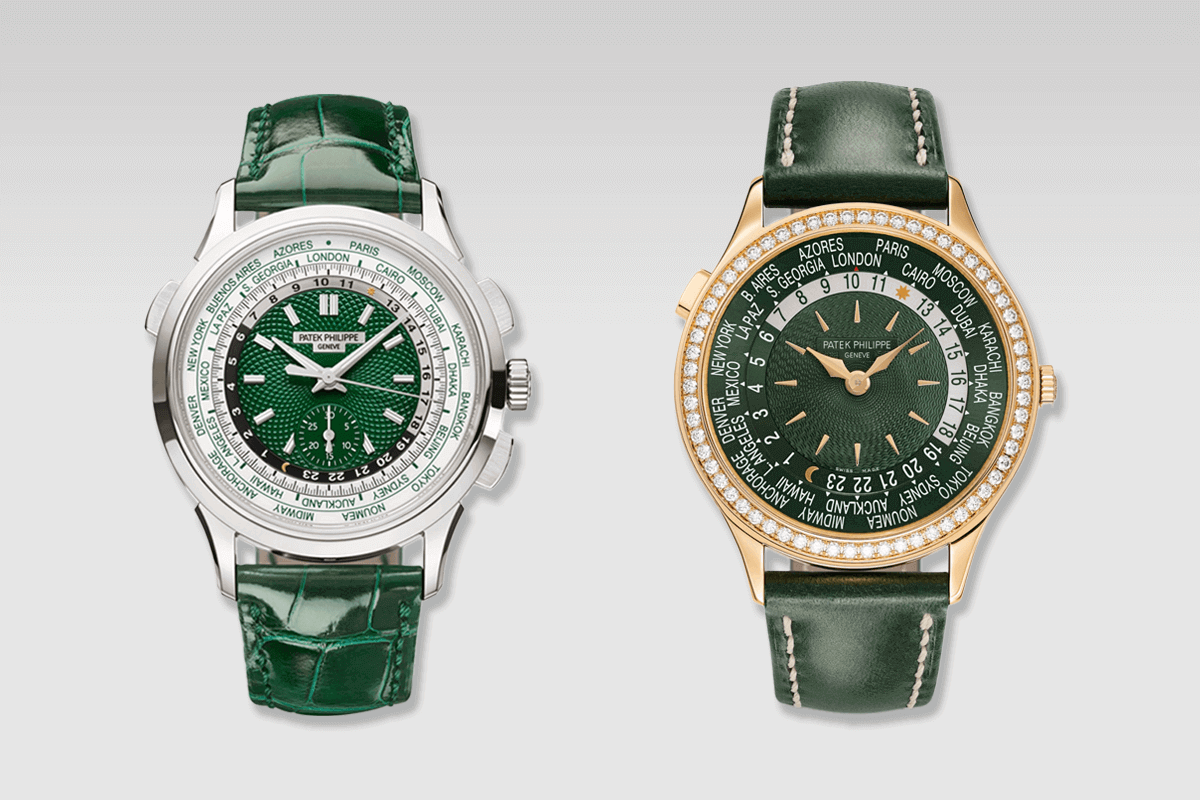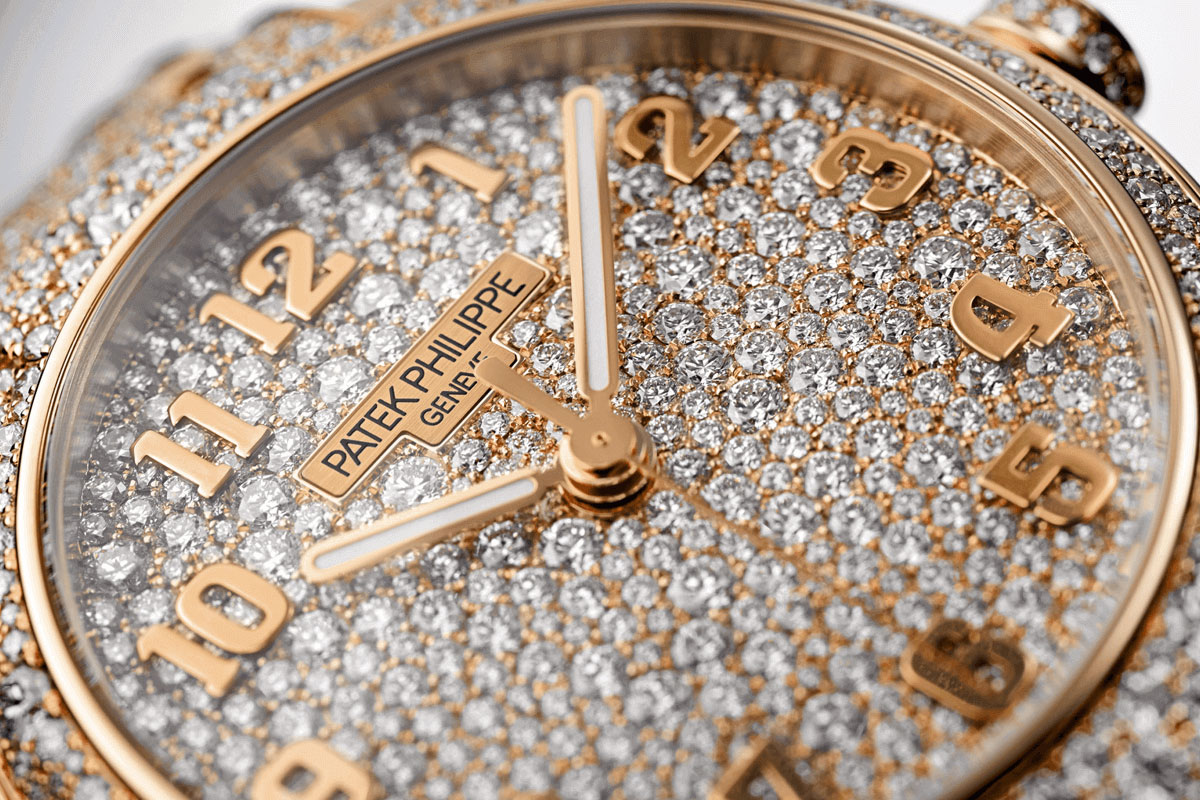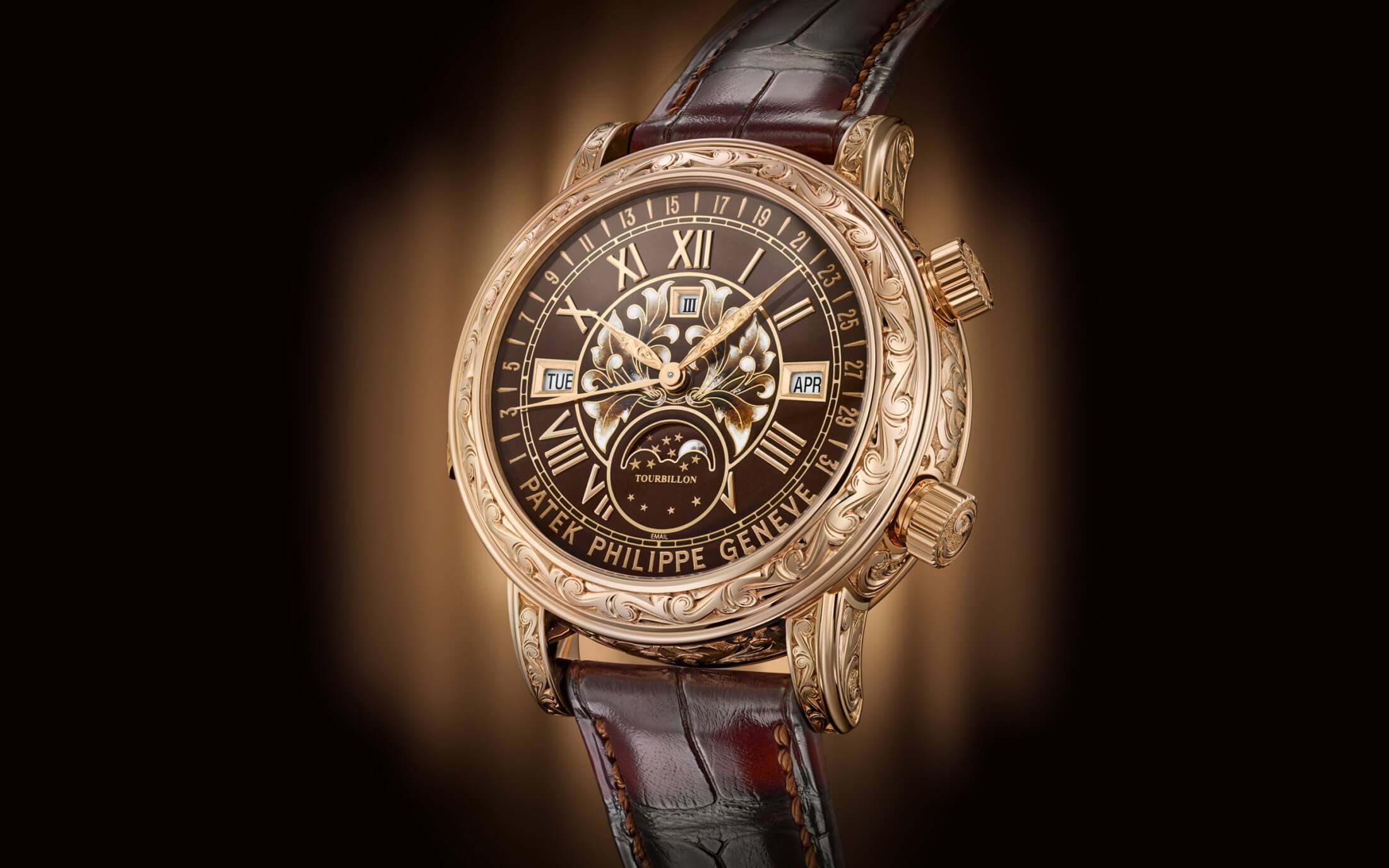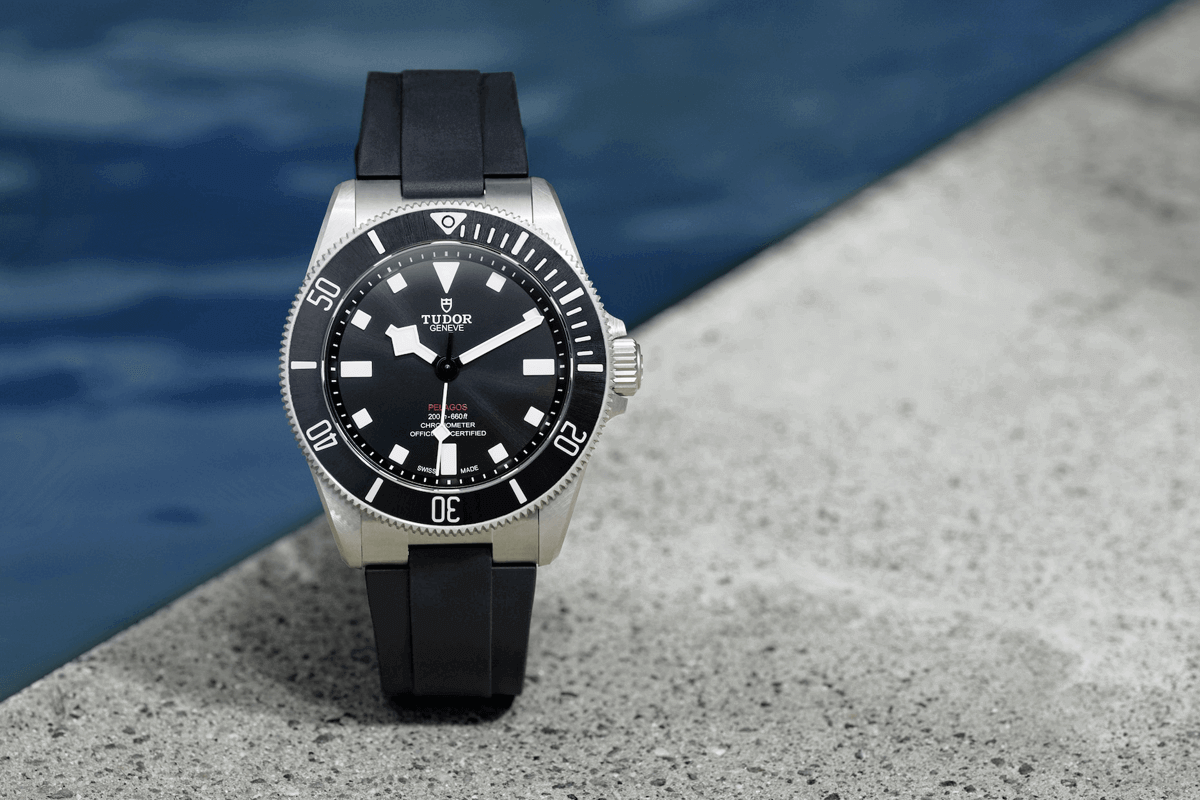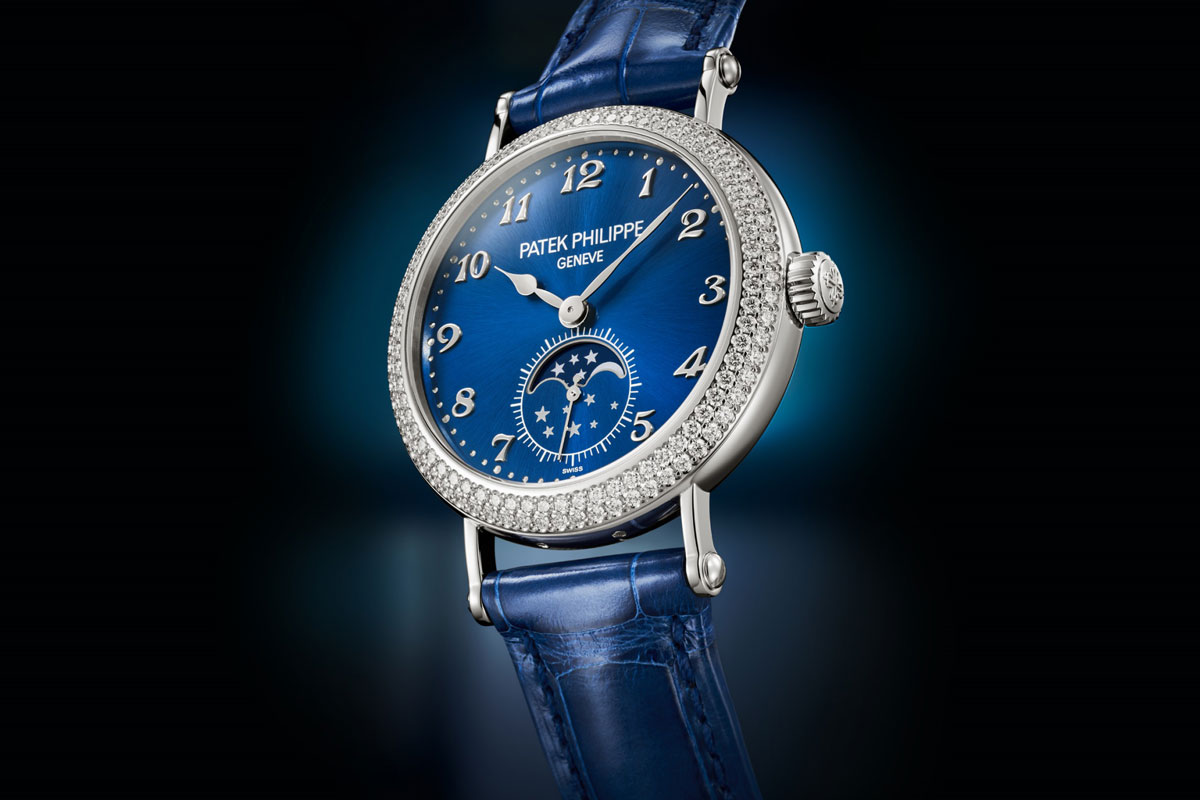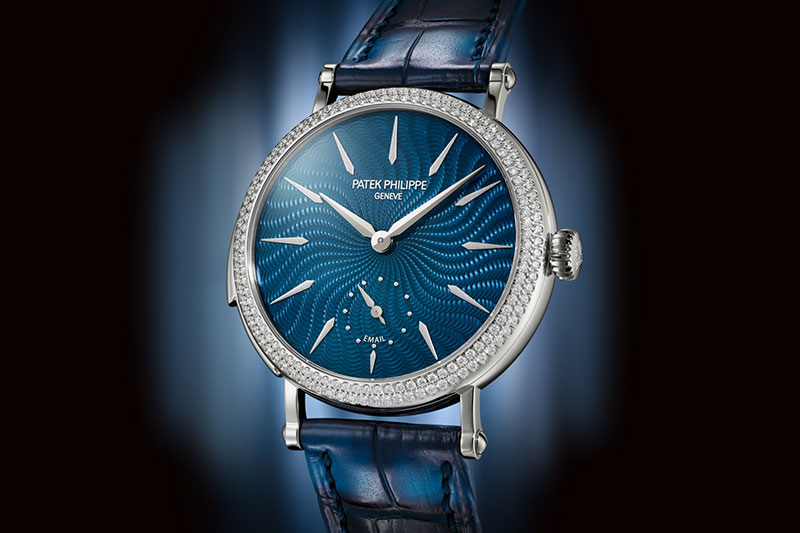
Patek Philippe’s enamel timepieces and clocks are some of the most coveted in its collection, even among young collectors today. Here’s why.
Among the many artistic crafts practised in Swiss watchmaking, enamelling is undoubtedly one of the most prized. Geneva was the mecca of enamel craft from the 16th century onwards as artisans flocked to the city in search of work. The Genevan style of enamelling was unique in using a layer of clear enamel to protect the art underneath and was highly appraised for its quality.
Over the centuries, as some watchmaking crafts (such as guilloché à main or engraving) were replicated with by industrial processes, enamelling remained the one craft that could not be machine-produced. But like many other traditional crafts, enamelling has faded into obscurity. Only a small number of artists exist today, and a rare few who are capable of producing the finest enamel dials for brands like Patek Philippe.

The Ref. 992/149G-001 features the miniature painting of an owl on an enamel dial from a basis of 12 enamel colours.
Among the Rare Handcrafts practised by Patek Philippe today, its enamel watches and dome clocks are snapped up by collectors in an instant. Here are 4 reasons why the brand’s enamel displays are so coveted.
1. Every enamel dial is a unique creation.
Every enameller has their own distinct style of mixing colours and painting. The artworks they create are drawn from their own inspiration, and even the process of firing the dial can create subtle and intricate differences in each display which makes each watch unique. In particular, the Dome Clocks of Patek Philippe are one-off designs, brought to life by an individual enameller who uses one or more of four enamel techniques the brand practices.

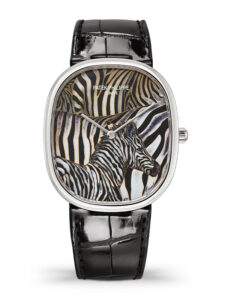
2. The finest enamel dials are signed artistic pieces.
Just like how an artist signs their work, master enamellers such as Anita Porchet sign the dials that they create. Since each enamel dial can take days, even weeks to complete, these signed creations are akin to rare artifacts that will only appreciate in value over time.
3. Their beauty will never fade.
The process of enamelling creates vivid images that are impervious to corrosion and unaffected by sunlight. That means they will never fade or dissipate, even centuries from today. They can be handed down from generation to generation without fear of deterioration.

The Grand Complications Minute Repeater Ref. 7040/250G-001 has an engine-turned dial with a blue flinqué enamel dial that will maintain its lustre forever.
4. Enamel art is reviving.
In 2020, Patek Philippe unveiled its new manufacture, which includes a school to preserve traditional crafts such as enamelling and train future students in the art. Today, the brand has several in-house enamellers with more to join. With this expansion means more artisanal creations for the future generations to enjoy.
Along with strong, continued interest among older watch collectors for the traditional arts in watchmaking, younger collectors are also re-discovering the beauty of enamel dials. Growing trends in vintage crafts, include watchmaking, where they have turned their attention and interest towards rare handcrafts of engraving and enamelling.
With enamelling as one of the many traditional crafts that needs to be preserved, protected and revived, – the future is looking bright for the classic arts.
Discover the Patek Philippe collection online or visit us at our boutiques for more information.




